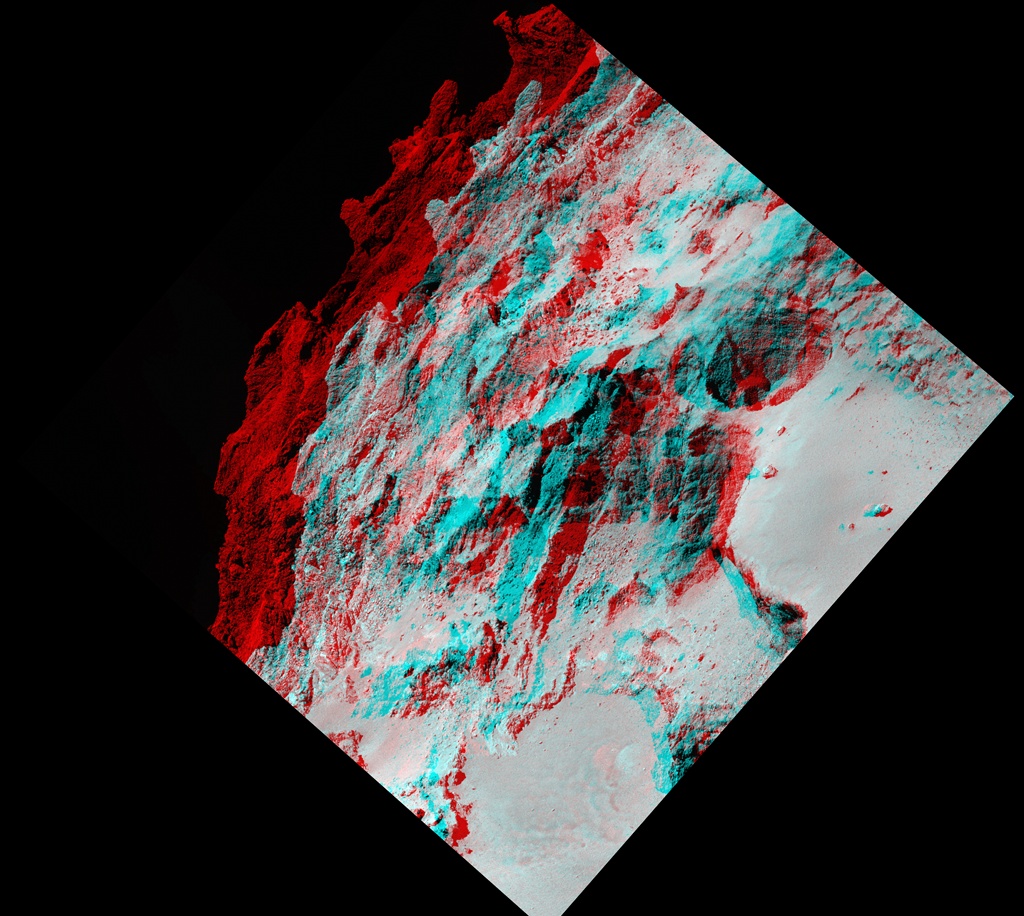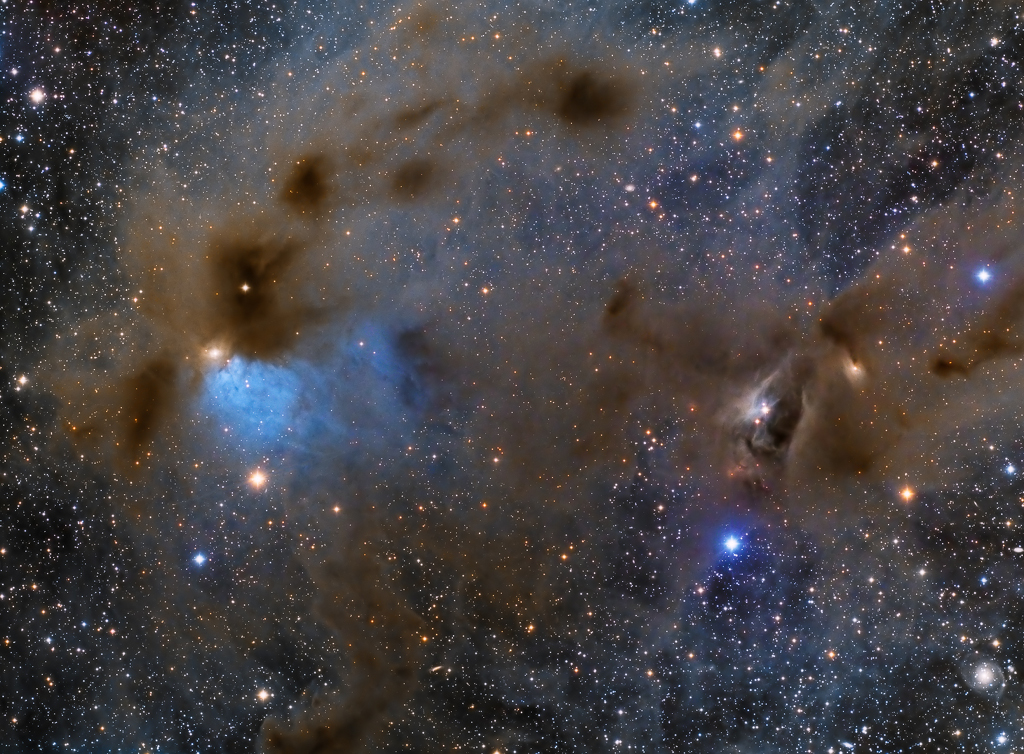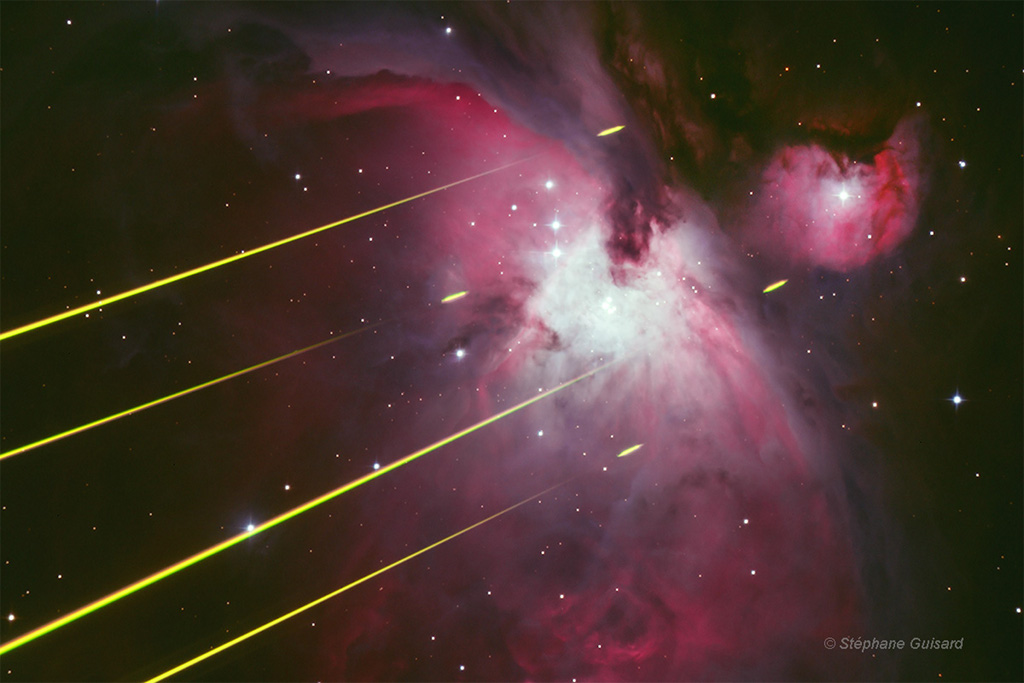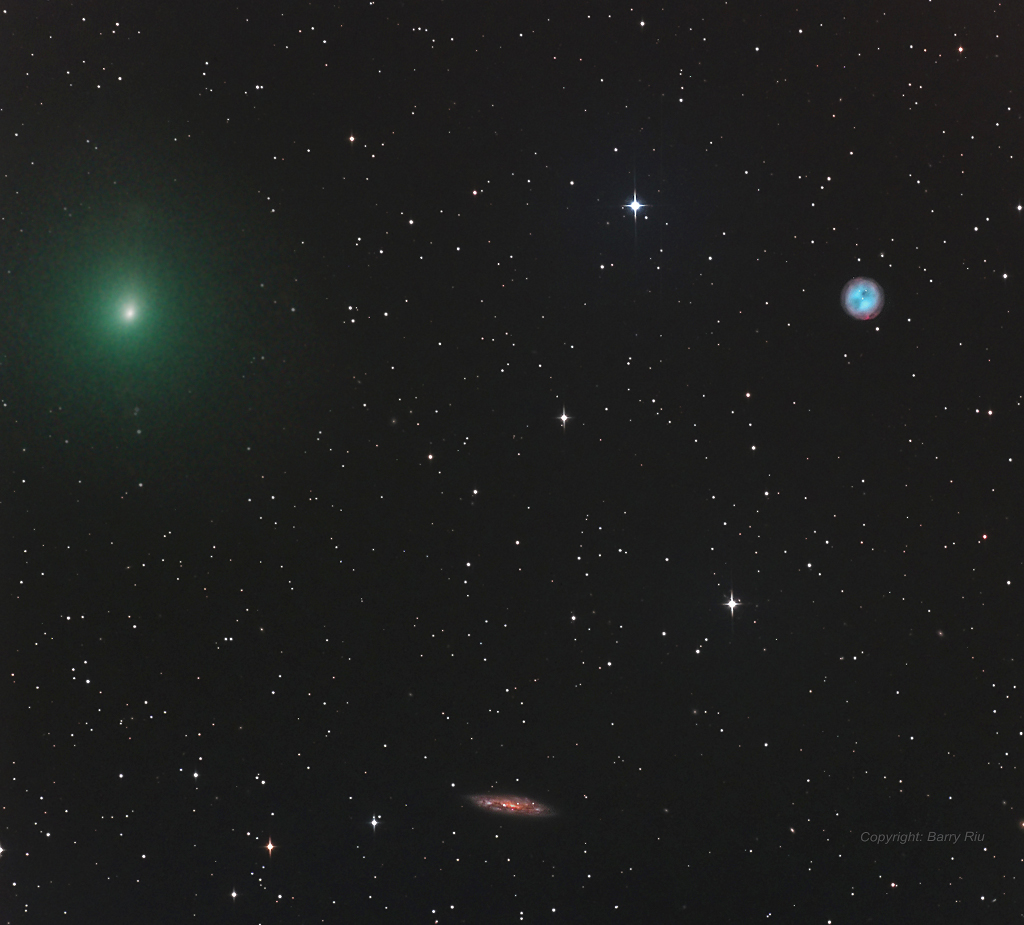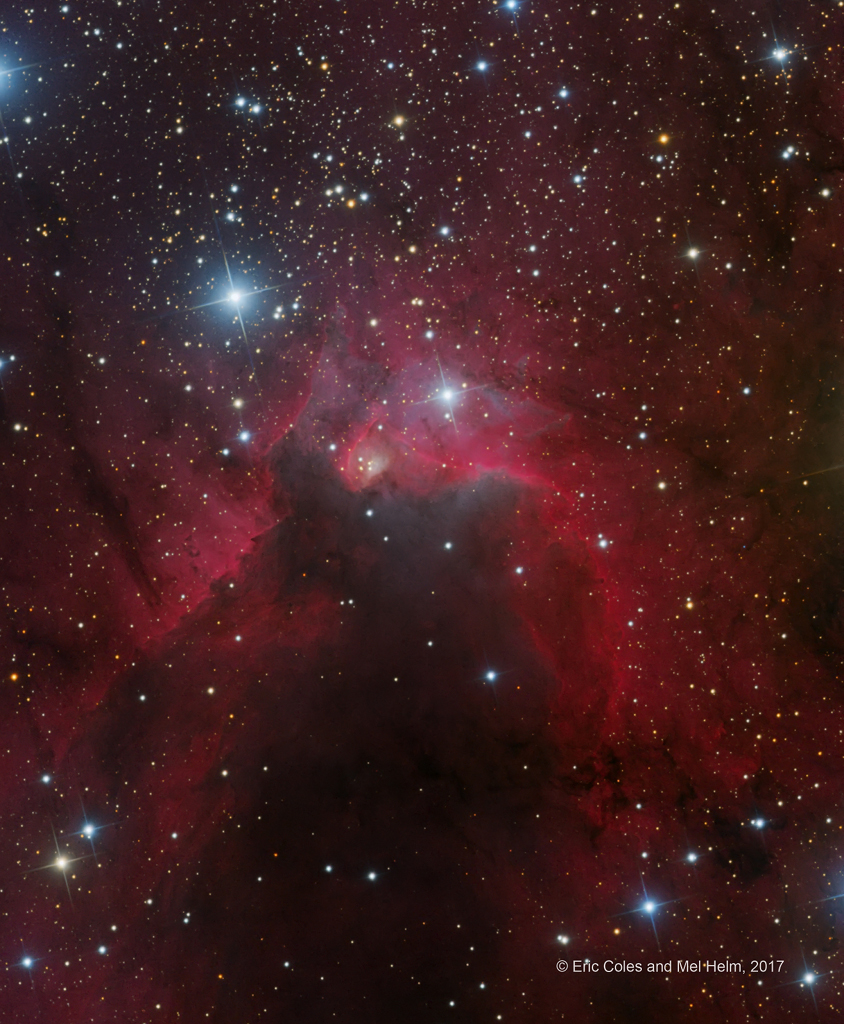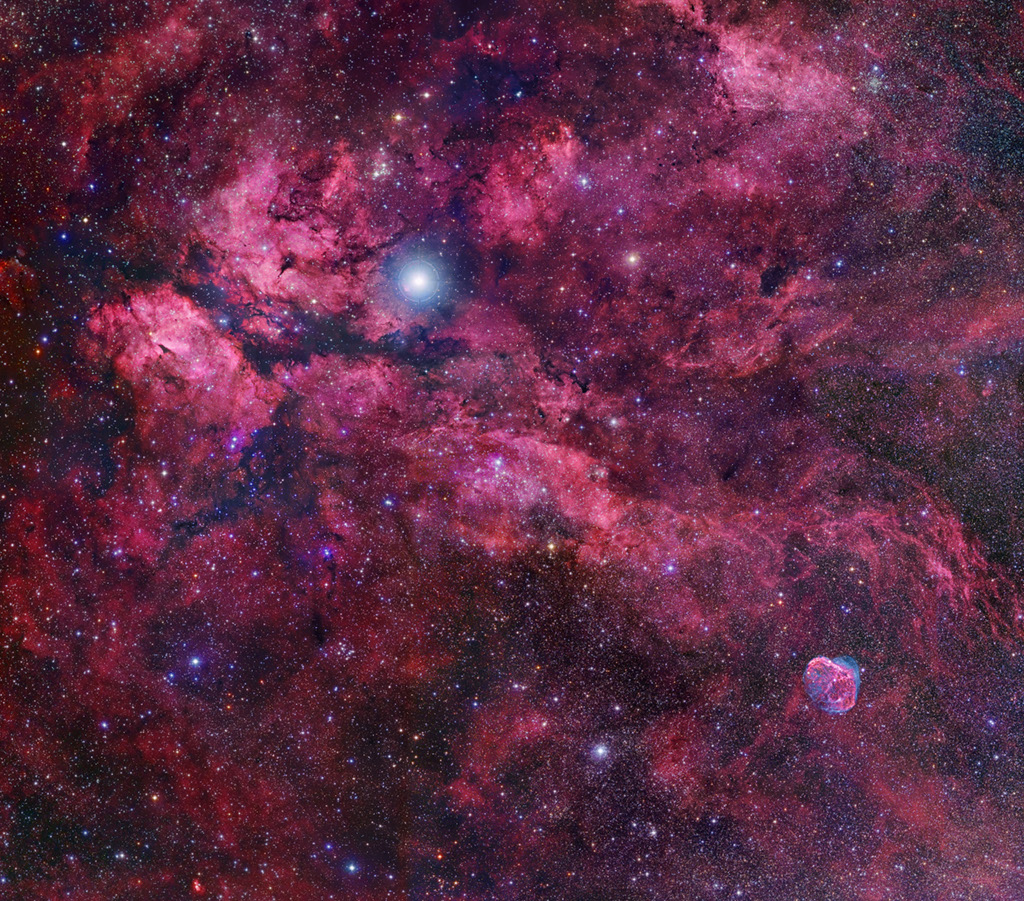On Friday 31 March 2017 at 11:00, Einar Bjorgo, manager of UNOSAT, will give an overview of the variety of activities carried out by UNOSAT since 2001.
Over the last 15 years, UNOSAT has helped guide emergency teams through various locations and supported to humanitarian assistance efforts and programmes to protect cultural heritage.
Hosted at CERN, UNOSAT benefits from the Organization's IT infrastructure whenever a situation requires, helping the UN to stay at the forefront of satellite-analysis. Specialists in both geographic information systems (GIS) and analysis of satellite data, supported by IT engineers and policy experts, use this knowledge to produce extremely precise maps of regions of the world affected, or threatened, by natural disaster or conflict.
Where to watch the webcast:
Webcast: http://cern.ch/go/D8GC
Indico page:https://indico.cern.ch/event/622865/
